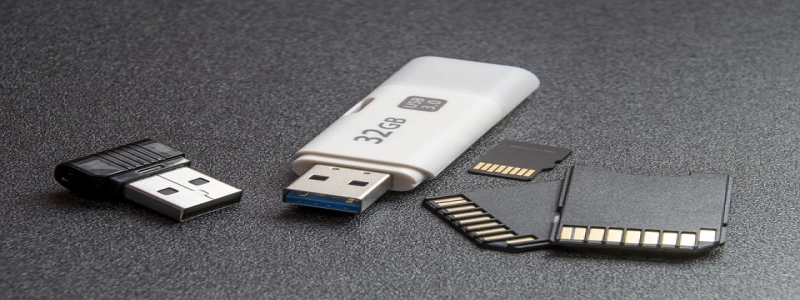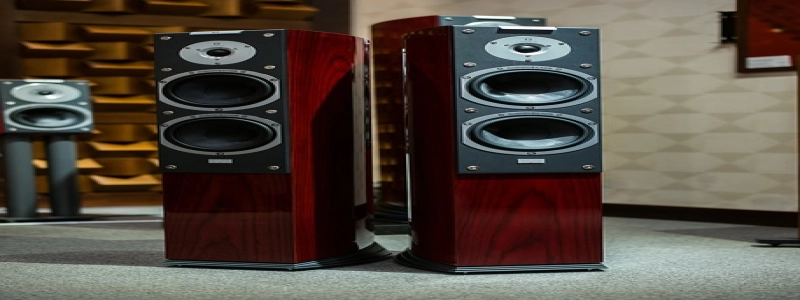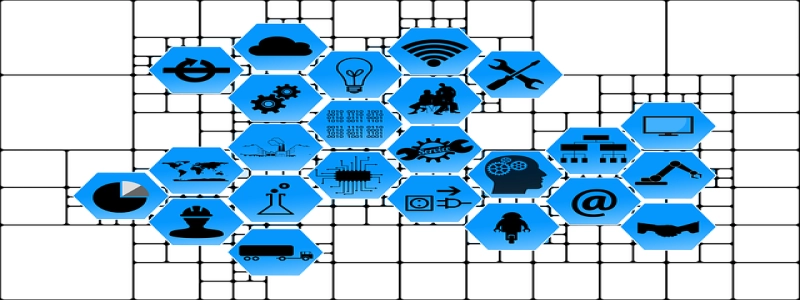10GB Single Mode Fiber
Introduction
1. What is Single Mode Fiber?
Single mode fiber is a type of optical fiber that allows only one mode or ray of light to propagate through it. It has a small core diameter, typically 9 microns, which enables the transmission of a laser beam that is tightly focused. This type of fiber is commonly used for long-distance telecommunications and high-speed data transmission applications.
Advantages of Single Mode Fiber
2. Higher Bandwidth
One of the main advantages of single mode fiber is its ability to support higher bandwidth. Due to the smaller core diameter, it allows for greater data transmission capacity, making it ideal for applications that require high-speed data transfer, such as video streaming, cloud computing, and online gaming.
3. Longer Transmission Distance
Single mode fiber can transmit signals over longer distances compared to other types of fiber, such as multimode fiber. This is due to the fact that single mode fiber has lower dispersion and attenuation rates, allowing signals to travel further without the loss of signal quality. As a result, it is commonly used for long-haul transmission applications, such as connecting data centers or linking cities together.
4. Reduced Signal Loss
Another advantage of single mode fiber is its ability to minimize signal loss. With its smaller core diameter, single mode fiber experiences less signal loss through dispersion and absorption compared to multimode fiber. This means that data can be transmitted over longer distances without significant degradation in signal quality.
5. Enhanced Security
Additionally, single mode fiber offers enhanced security compared to other types of fiber. Due to its smaller core diameter, it is more difficult to tap or intercept the transmitted signals. This makes it a preferred choice for applications that require secure data transmission, such as military communications or financial transactions.
Applications of 10GB Single Mode Fiber
6. Telecommunications
Single mode fiber is widely used in the telecommunications industry for long-distance transmission of voice, video, and data. It is commonly deployed for connecting regional and national networks, as well as linking undersea cables for global communications.
7. Data Centers
In data center environments, single mode fiber is used to connect servers, switches, and storage devices. Its high bandwidth and long transmission distance capabilities make it ideal for handling large volumes of data and supporting high-performance computing applications.
8. Broadcast and Video Production
The broadcast and video production industry also relies on single mode fiber for transmitting high-definition video signals over long distances. It enables the delivery of high-quality video content without degradation in signal quality, ensuring a seamless viewing experience.
9. Internet Service Providers
Internet service providers heavily rely on single mode fiber to deliver high-speed internet services to residential and business customers. It enables the efficient transmission of large amounts of data, ensuring reliable and fast internet connectivity.
Conclusion
10GB single mode fiber offers numerous advantages, including higher bandwidth, longer transmission distance, reduced signal loss, and enhanced security. Its capabilities make it an ideal choice for a wide range of applications, from telecommunications and data centers to broadcast and video production. As technology continues to advance, the demand for higher data transmission speeds and longer transmission distances will only increase, making single mode fiber an essential component of our digital infrastructure.








